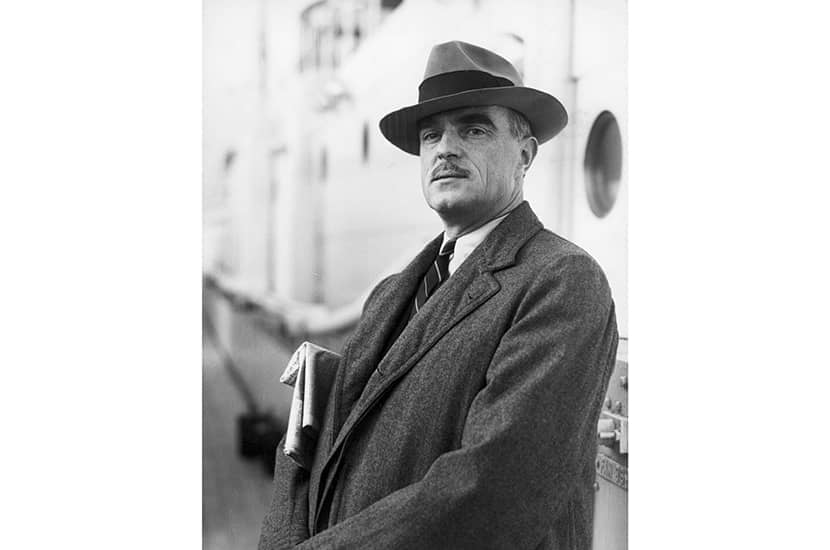In the world of books, a modern classic is an altogether more slippery thing than a classic: it must walk a line between freshness and durability; reflect the current age but hope to outlast it. For individual publishers, given many 20th-century writers are still in copyright, a modern classics list will necessarily be partial. However, few such partial lists are as complete as Penguin Modern Classics (PMCs), founded in 1961 four years after Penguin’s general editor A.S.B. Glover said: ‘We don’t want — without outstandingly good reasons — to start any new series such as “Modern Classics”.’
The outstandingly good reasons were lots of outstandingly good books that weren’t old enough to warrant the status of Penguin Classic but demanded some recognition, or at least some marketing. The first titles in April 1961 included Thornton Wilder’s The Ides of March, Carson McCullers’s The Heart is a Lonely Hunter and Nathanael West’s Miss Lonelyhearts.
Now Penguin, never shy of raiding its own archives, gives us The Penguin Modern Classics Book by Henry Eliot, a companion to his Penguin Classics Book (2018). It is essentially a gossipy catalogue of the books, a feast of cover designs and fact-nuggets; and contains every book — more than 1,800 — ever published in the series.

Ah yes, those cover designs. From the start, PMCs have sought to present a stylish face to the world, to look, as Penguin publisher Simon Winder puts it, like ‘a series to be enjoyed, rather than something that is good for you’. The books of our youth are no less evocative than the music, and in browsing this volume you will be drawn magnetically to your own era: for me, it’s the 1990s watery-green-spined Penguin 20th-century Classics look, in which I first read Waugh, Woolf and Greene.
The book is divided by geographical region, from which it’s clear (as Eliot sheepishly acknowledges) that western Europe and America have dominated the series; even now there are only three writers from China and one from North Africa.







Comments
Join the debate for just £1 a month
Be part of the conversation with other Spectator readers by getting your first three months for £3.
UNLOCK ACCESS Just £1 a monthAlready a subscriber? Log in